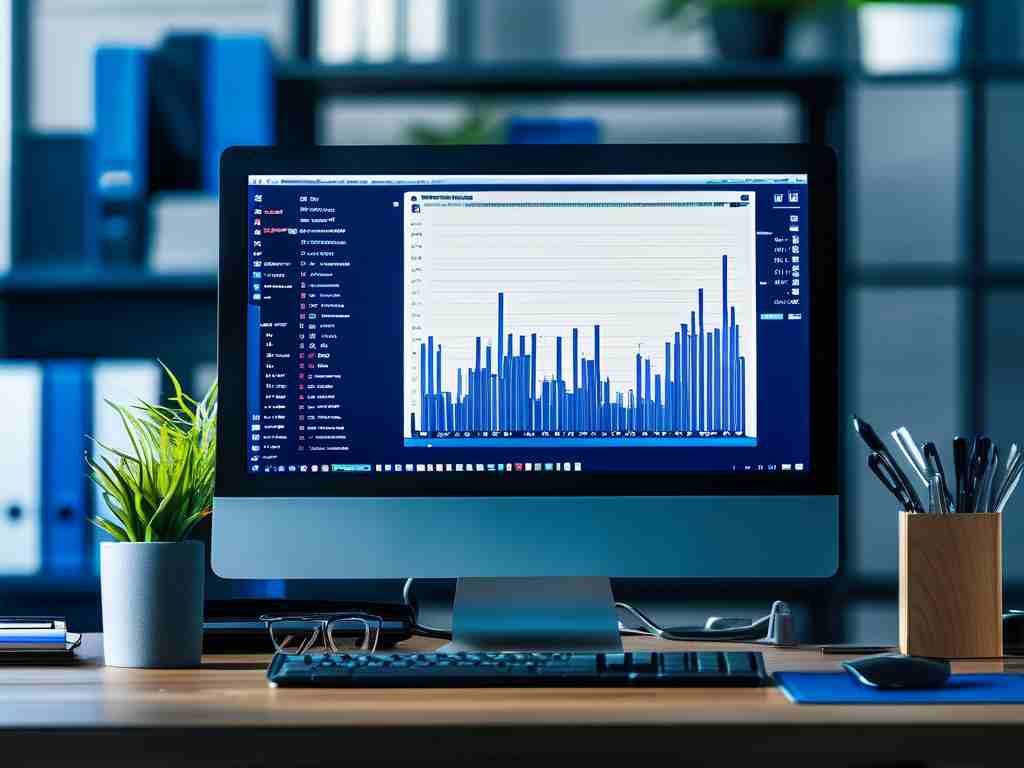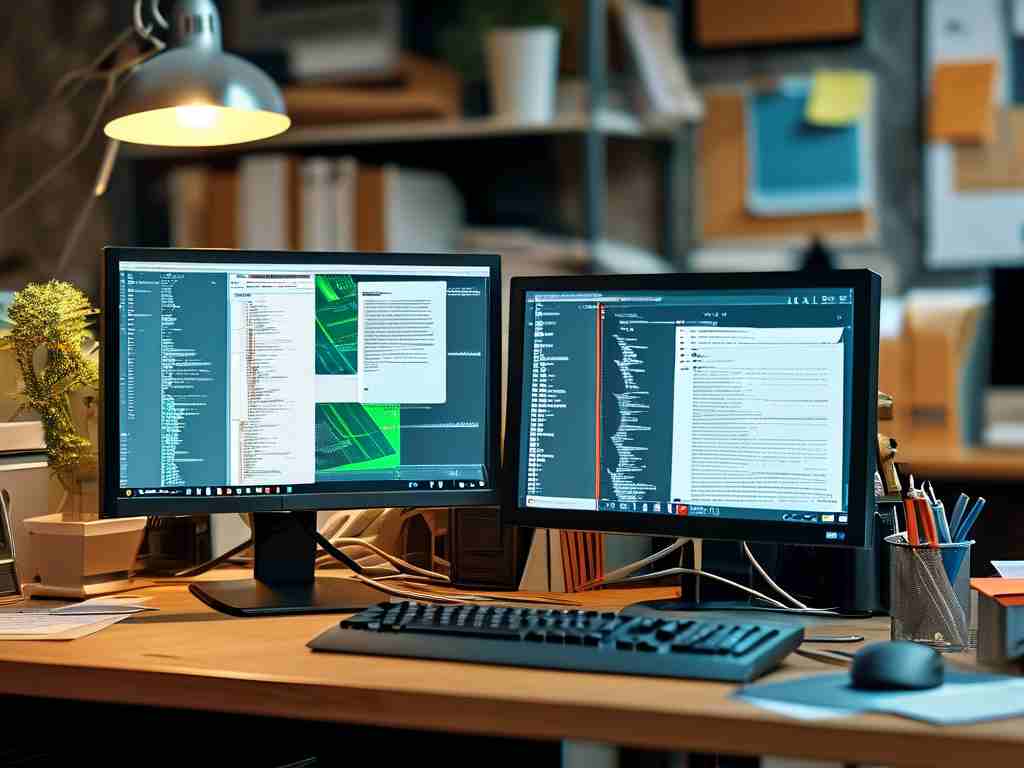Modern computers are designed to handle complex tasks efficiently, but users often encounter situations where system performance degrades due to excessive memory consumption. Understanding the root causes of high memory usage is critical for optimizing device performance, whether for personal use or enterprise-level systems. This article explores the primary factors contributing to memory overload and provides actionable insights for mitigation.

Background Processes and Multitasking
One of the most common reasons for high memory consumption is the proliferation of background processes. Modern operating systems and applications frequently run services in the background to enable features like automatic updates, real-time notifications, and synchronization. For example, web browsers with multiple tabs open can consume gigabytes of memory, especially when streaming media or running JavaScript-heavy websites. Similarly, productivity tools like email clients or cloud storage apps often maintain persistent connections, gradually accumulating memory usage over time.
Memory Leaks in Software
Software defects, particularly memory leaks, are another major contributor. A memory leak occurs when a program fails to release memory it no longer needs, gradually exhausting available resources. This issue is prevalent in long-running applications such as databases or server software. Developers may unintentionally introduce leaks through flawed logic, such as unclosed file handles or unmanaged object references. Below is a simplified Python example illustrating a memory leak scenario:
import numpy as np
leaky_list = []
while True:
# Allocate memory without releasing it
leaky_list.append(np.zeros(1000000))
This code continuously appends large arrays to a list without ever clearing them, mimicking a real-world memory leak. Regular monitoring tools like Task Manager (Windows) or Activity Monitor (macOS) can help identify such rogue processes.
Malware and Unauthorized Mining
Malicious software often operates stealthily, consuming memory for activities like cryptocurrency mining or data harvesting. Unlike legitimate apps, malware is engineered to evade detection, making it harder for users to pinpoint the source of memory drain. For instance, a compromised system might show elevated memory usage even when seemingly idle. Regular antivirus scans and network traffic analysis are essential to detect and remove such threats.
Fragmented Memory Allocation
Over time, memory fragmentation can reduce the efficiency of resource allocation. When applications request and release memory blocks inconsistently, the operating system may struggle to find contiguous memory spaces, leading to inefficient usage. This issue is more pronounced in systems with limited physical RAM, where virtual memory management intensifies fragmentation. Defragmentation tools or upgrading to faster storage solutions (e.g., SSDs) can alleviate this problem.
Inadequate Hardware Resources
As software evolves, hardware requirements often outpace the capabilities of older devices. A computer with 4 GB of RAM, for instance, may struggle to run modern operating systems alongside applications like video editors or virtual machines. Upgrading RAM or optimizing software settings (e.g., reducing graphical effects) can provide immediate relief.
Optimization Strategies
To address memory issues, users can adopt several strategies:
- Task Prioritization: Use task managers to identify and terminate non-critical processes.
- Software Updates: Ensure operating systems and applications are patched to fix memory-related bugs.
- Hardware Upgrades: Adding RAM or switching to SSDs can significantly improve performance.
- Developer Tools: Profilers like Valgrind or Visual Studio Diagnostic Tools help detect leaks during software development.
In enterprise environments, IT teams may deploy centralized monitoring systems to track memory usage across networks and preemptively address bottlenecks.
High memory consumption stems from a combination of software inefficiencies, background activities, and hardware limitations. By systematically diagnosing these factors—whether through code optimization, malware scans, or hardware upgrades—users can restore system responsiveness and extend device longevity. Proactive management, coupled with regular maintenance, remains the cornerstone of effective memory resource utilization.









